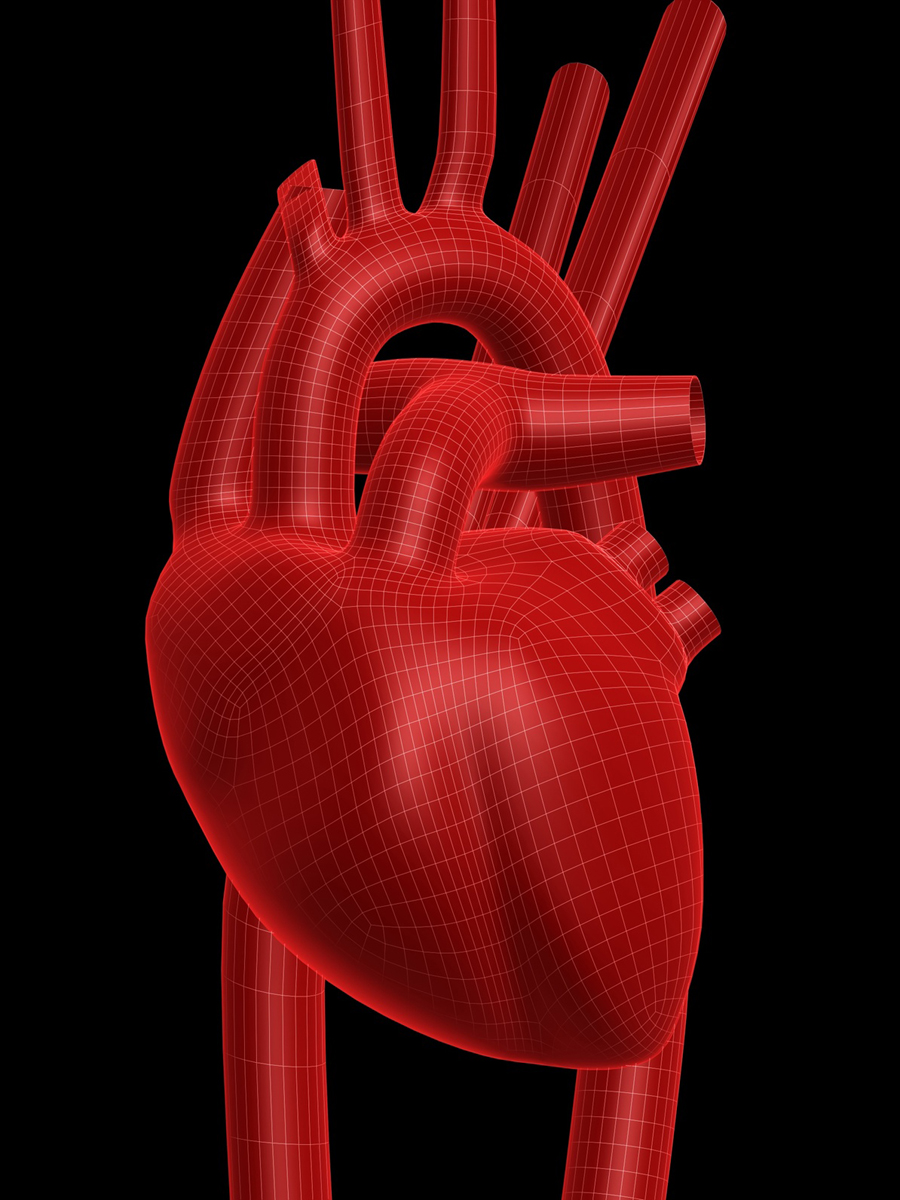Common Cardiac Conditions

Below are the primary cardiac conditions that you may encounter. Realize that all the safety considerations for applying exercise are aimed at avoiding causing another MI or sudden cardiac arrest. The role of the PTA is to recognize the signs and symptoms that may indicate excessive stress and possible and/or immediate danger to the cardiovascular system. PTAs should also be able to appropriately monitor and modify exercises consistent with with safe activity guidelines.
Arrhythmia
Pathology of conduction in the heart. Can occur at the SA node, AV node, Purkinje fibers, and bundle branch blocks
- Types of arrhythmias: bradicardia and, tachycardia (atrial and ventricular)
- Symptoms = palpitations, lightheadedness, syncope (fainting), and cardiac arrest
- Atrial Fibrillation is the most common form of arrhythmia
- Clinical significance
- may be the first manifestation of heart disease
- may precipitate heart failure or ischemia
- can predispose to intracardiac clot formation and embolic events (stroke, MI, peripheral emboli)
- Beta blockers make sure the heart beats slower and does not work as hard in order to control blood pressure
Can you think of how the use of beta blockers may affect a patient during exercise?
Stable and Unstable Angina
Angina Pectoris:stable angina - chest pain with exertion
Acute coronary syndrome:unstable angina - chest pain at rest
Read the linked web resources and be able to distinguish between the tow and discriminate the appropriate response if these symptoms present in a clinical situation.They can be frequently encountered when working with any population aged 40+.
Myocardial Infarction
Web exploration: Myocardial Infarction:
Hypertension
Web exploration: Hypertension Tutorial:
Note that hypertension definitions fluctuate. For the purposes of this course, we will use current guidelines by the American Heart Association: 130/80.
Scope of practice alert: 130/80 is a blood pressure measure. Hypertension is a diagnosis. PTAs report outcomes of tests and measures, but DO NOT classify readings in diagnostic terms. In short, do not report to a patient that they have "hypertension" if you get a high blood pressure measure.

